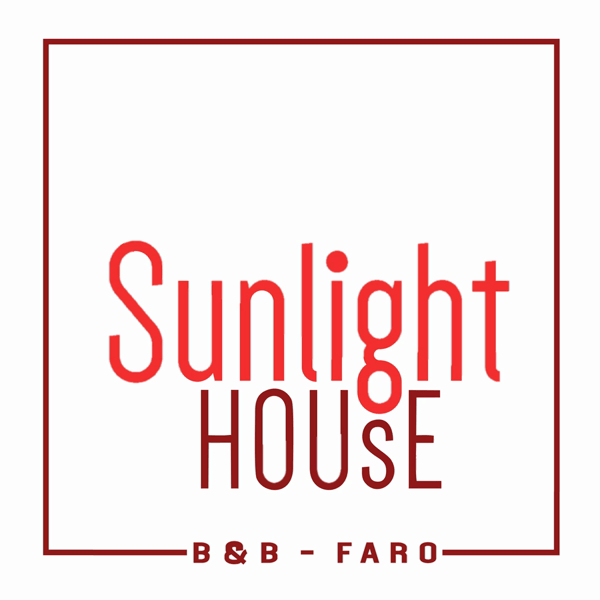Faro's History
The story of Faro began in the eighth century B.C., Its name then was Ossónoba and was one of the most important urban centers of southern Portugal and commercial hub, based on the exchange of agricultural products, fish and minerals.
In the eleventh century its name was changed to Santa Maria Ibn Harun, named in honor of the founder of the dynasty of the Banu Harun, Emirs of the Taifa of Santa Maria al-Gharb, so the name of Ossonba was replaced. The city is fortified with a ring of walls.
Following independence of Portugal in 1143, the first King of Portugal, D. Afonso Henriques and his successors initiated the expansion of the country to the south, regaining the territories occupied by the Moors. After the conquest by King Afonso III, in 1249, the Portuguese renamed the city to Santa Maria or Santa Maria de Faaron Faaram.
In the following centuries, Faro became a prosperous city due to its geographical position, its safe harbor and the exploitation and trade of salt and agricultural products from the coast, which were increased trade with the Portuguese Discoveries.
The seventeenth and eighteenth centuries are a period of expansion for Faro, which was surrounded by a new outer wall during the Restoration War (1640 - 1668), which covered the area of culture and land in a wide semicircle facing the Ria Formosa.
Faro took its cosmopolitan step up with the inauguration of its international airport on July 11, 1965, during the dictatorship of António de Oliveira Salazar. In the last decade, thanks to the increased tourist demand in the Algarve, the city has the second busiest airport in Portugal after Lisbon Portela Airport in Lisbon, with more than 5 million passengers a year. The airport is also used by the tourists heading to Andalusia due to certain locations in this Spanish region are closer to Faro than Seville.
Today, Faro is a modernized city, district headquarters, where they can be found, all major Portuguese institutional services. Has developed various cultural projects (theater, cinema, music, dance), from the construction of the theater of figures, together with the theater group of the Algarve (ACTA), which is based in Lethes Theatre.
The University of Algarve, founded in 1976, with about 10,000 students, has taken a leading role in technologies related to the sea, at national and international level, attracting more and more foreign students, through the Erasmus program.
Faro is surrounded by the Ria Formosa, which is a marine natural park, formed by lagoons and aquatic channels , which extends over the municipalities of Loulé, Faro, Olhão, Tavira and Vila Real de Santo António, covering an area of about 18,400 hectares along 60 kilometers from the river Ancão to the beach of Manta Rota.
This humid area, houses hundreds of sea birds and some exotic species like flamingos (perfect for birdwaching lovers). Don't miss the opportunity to visit the deserted islands and do not forget to bring sunscreen.
The excellence of food is a landmark of Faro. Vegetables, meat, fish, and the unique fresh seafood dishes, such as cataplana, will surely conquer your palate. Inside the old town you can find some of the tastiest restaurants in town.
